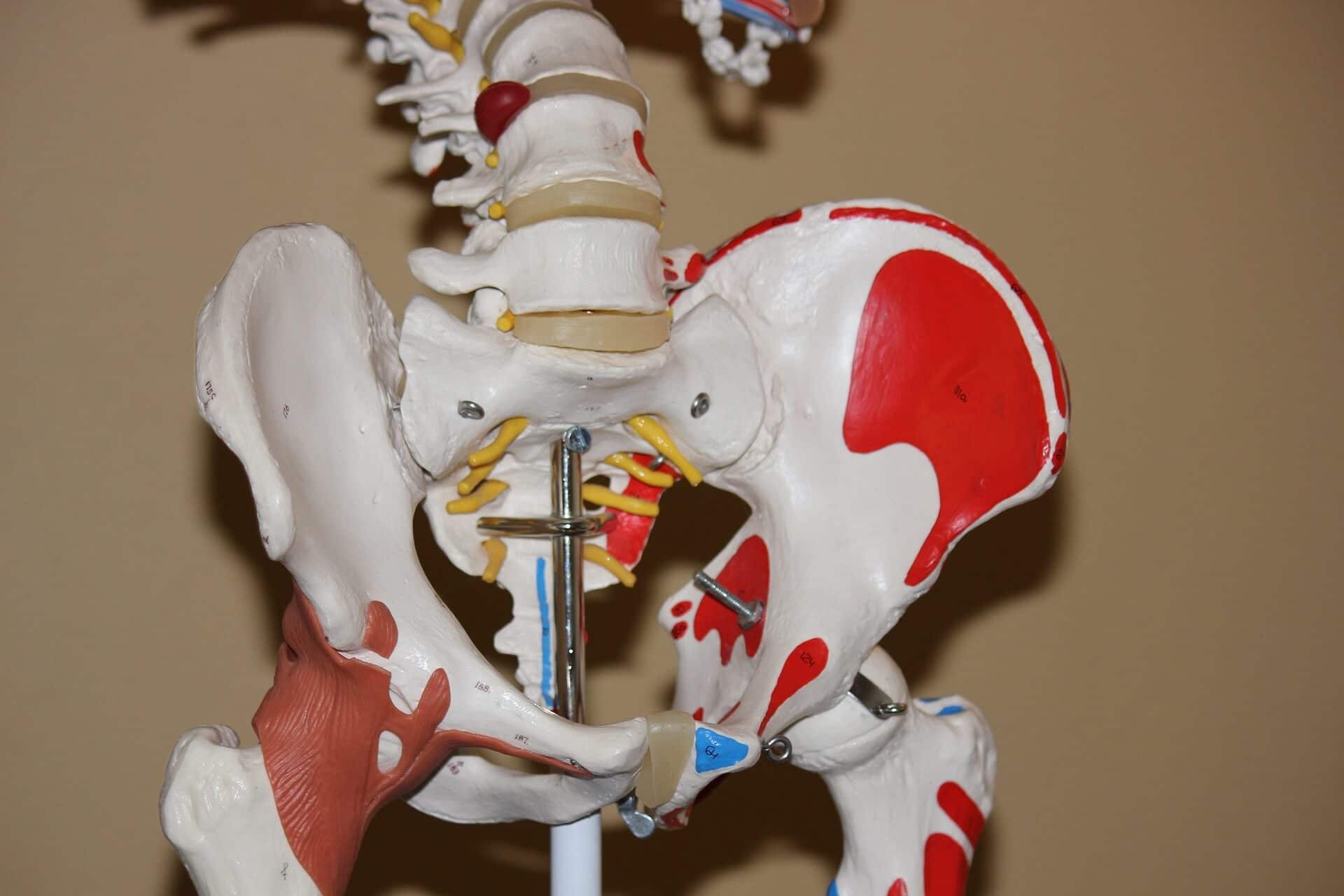Background/Description
Sacroiliac (SI) disease (also known as SI joint dysfunction, SI syndrome) is an inflammation in the joint connecting the pelvis (iliac bones) to the sacrum. It is often caused by a dysfunction in the mobility of the joint (too much movement, too little movement). This dysfunction can be a debilitating source of back pain and suffering for patients. This highly complex joint is surrounded by numerous muscles, ligaments, and cartilage that intricately function with one another to provide stability in normal everyday movements. Symptoms include lower back or buttock pain, groin or hip pain. This pain can be sharp or dull and often worsens with activity and movement. Some patients also complain of tingling and numbness in the pelvic region. Standing, sitting, lying in a prolonged position often worsens this numbness and pain. If symptoms are severe and chronic enough this can often lead to depression, social isolation, and insomnia.
Diagnosis and Management
Often overlooked as a source of pain, sacroiliac disease is part of many possible sources of lower back/buttock pain or dysfunction. Imaging studies (X-ray, CT, MRI) are often not specific enough to diagnose SI disease. More commonly, it is diagnosed by a physician with a series of physical examination signs known as provocative testing. A detailed history relayed by the patient is also an important part of diagnosis. The most specific way of diagnosing this joint disease is to undergo a diagnostic Sacroiliac joint injection (X-ray, ultrasound) by a physician with additional training in pain medicine. A substantial relief in pain from this injection is a specific indicator of pathology in the Sacroiliac joint.
Management of sacroiliac disease and treating its resultant back pain includes conservative and invasive treatments. Conservative measures include anti-inflammatory medications, ice/heat, rest, and physical therapy. Manipulative, massage, and manual therapy are additional measures in this category. More invasive treatments include steroid injections and in severe cases, surgery. Steroid injections are low risk procedures (with image guidance) that deposit strong anti-inflammatory medication directly into the joint. This is often followed by a series of physical and manual therapy sessions to encourage adequate movement and mobility of the joint. Periodic steroid injections are often adequate in providing patients with significant pain relief and in improving quality of life. New technologies have emerged in the field of neuromodulation in cases where injections and surgery have not sufficiently reduced pain. These interventions utilized low and high frequency signals to provide a means of overriding the SI joint pain generator. A patient should ask her physician questions about all these possible treatments in order to start the path of healing and recovery.
